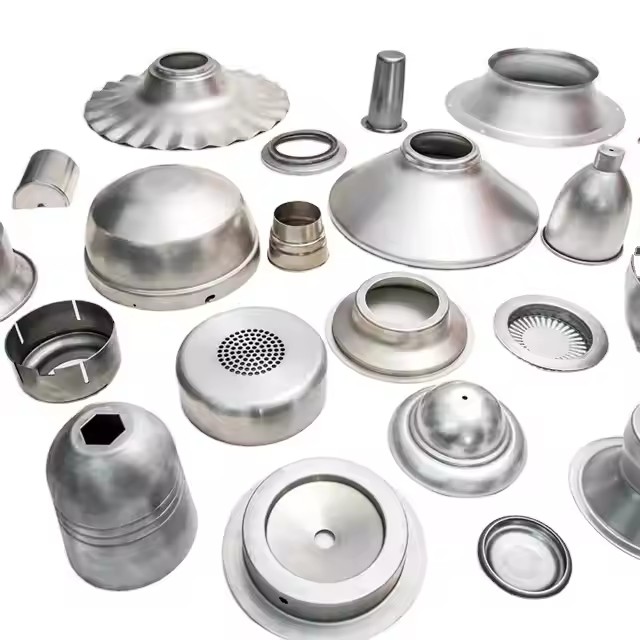Stamped Metal: Precision Manufacturing Shaping Modern Industries
Stamped metal has quietly become one of the cornerstones of modern manufacturing, influencing industries as diverse as automotive, electronics, aerospace, and household goods. While the process is often hidden behind the final product, stamped metal parts provide the essential strength, precision, and cost-efficiency that today’s competitive markets demand.
What Is Stamped Metal?
Stamped metal refers to sheet metal that has been formed into specific shapes or patterns using stamping presses and custom-designed dies. In this process, a flat sheet of metal—commonly steel, aluminum, brass, or copper—is placed into a press. When the press applies force, the die imprints or cuts the sheet, producing a part with exact dimensions. The technology has evolved for decades, blending traditional mechanical techniques with advanced computer-aided design and automated systems.

Classifications and Techniques
The stamping process is not limited to a single operation. Instead, it includes a wide range of methods tailored to different needs:
Blanking: Cutting a piece of flat sheet into a desired shape.
Punching: Removing sections from the sheet to create holes or cutouts.
Bending: Forming the sheet into angles or curves.
Coining: Creating fine details or textures with high precision.
Embossing: Producing raised or recessed patterns for both functional and decorative purposes.
Progressive die stamping: Using a series of operations in one continuous process, ideal for high-volume production.
These categories highlight the versatility of stamping, from simple components to complex, multi-step parts.
Advantages of Stamped Metal
Manufacturers often turn to stamped metal for its combination of efficiency and quality. The advantages are clear:
1. High precision: Stamping ensures consistent dimensions with minimal deviation, critical for industries like electronics
and automotive.
2. Scalability: Once dies are produced, large batches can be manufactured quickly and economically.
3. Cost-effectiveness: Compared with machining or casting, stamping typically offers lower unit costs at high volumes.
4. Material variety: From lightweight aluminum to durable stainless steel, stamping accommodates a wide range of
metals.
5. Design flexibility: Embossing, perforating, or complex bending can be achieved without sacrificing structural integrity.
Applications Across Industries
The reach of stamped metal is extensive. In the automotive sector, stamped parts include brackets, panels, and safety-critical clips. Consumer electronics rely on stamped connectors, housings, and shielding components. In aerospace, lightweight yet strong stamped parts contribute to efficiency and safety. Even in everyday life, stamped metal is present in kitchen utensils, home appliances, and decorative fixtures. Its adaptability makes it indispensable for both industrial and consumer markets.
Future Outlook
As industries demand more sustainable and precise solutions, metal stamping is evolving. The integration of high-strength alloys, advanced computer simulations, and environmentally conscious manufacturing practices are shaping the future of stamped metal. With automation and robotics increasing efficiency, the process is set to remain vital for decades to come.
From factory floors to household kitchens, stamped metal continues to prove its value as a reliable, flexible, and forward-looking manufacturing method.

